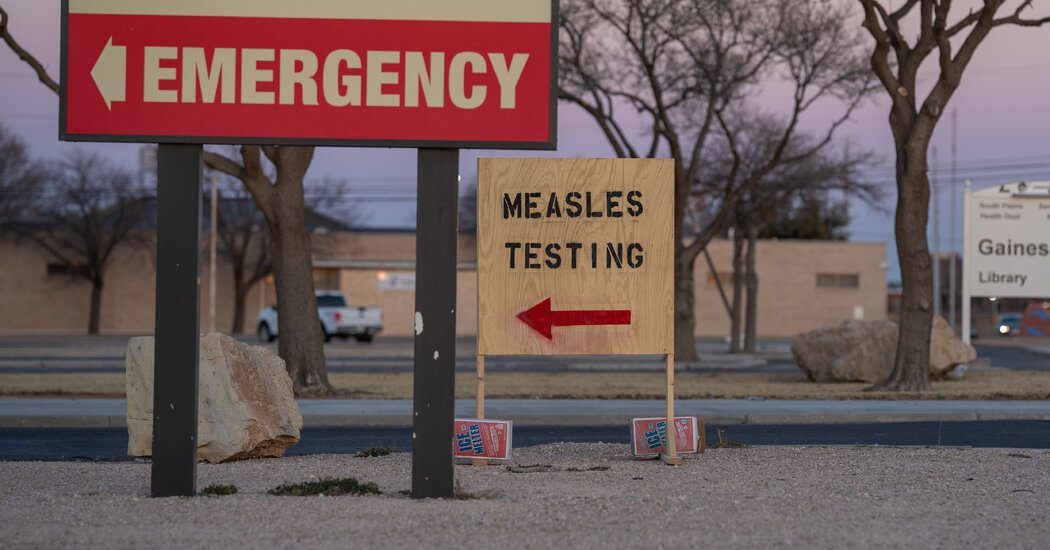
While death is an unavoidable part of life, science has uncovered some of the most excruciating ways it can occur.
In the United States, nearly 10,000 individuals pass away each day, totaling approximately 3 million annually, as reported by the CDC.
The majority of these fatalities stem from ailments such as heart disease and cancer, while some cases are marked by unusual and torturous methods of dying.
For instance, individuals subjected to fire can experience unimaginable pain as their skin deteriorates and internal organs begin to cook.
Conversely, deep-sea divers emerging too quickly may endure intense muscle spasms as gases infiltrate their brain and spinal column, leading to horrifying outcomes.
Severe exposure to radiation can result in lungs flooding with fluid while causing the eyes to dry out to the point of ‘tearing’ blood.
DailyMail.com has compiled a list of the most harrowing ways to die, based on scientific insights.
Burning Alive

Maxwell Azzarello ignited himself with an alcohol-based substance outside a Manhattan courthouse last year.
Typically, dying from being burned alive occurs within minutes, yet those moments are excruciating.
Fire can cause soft tissues to contract, leading to the layering of skin being torn away, starting with the outer layer, the epidermis.
Within mere seconds, the flames can eliminate the deepest layer of skin, known as the hypodermis, comprised of fat and connective tissues that safeguard vital organs.
When skin burns away completely, the fire continues to consume muscle and fat, exposing organs to heat that may either boil or decompose.
Additionally, the eyes can begin to boil, resulting in blindness.
Most individuals who die from fire typically succumb to smoke inhalation, responsible for nearly 80% of fire-related fatalities.
Inhaled smoke deprives the body of oxygen, leading to respiratory distress.
Victims may also inhale toxic substances such as carbon monoxide, causing symptoms like nausea, convulsions, and intense pain.

Sebastian Zapeta-Calil observed as the woman he ignited burned alive while he sat on a subway bench.
Fire-related deaths are often associated with historical events such as witch hunts, yet there have been modern instances as well.
A recent case involved 37-year-old Maxwell Azzarello, who self-immolated outside the courthouse during a high-profile trial.
Just two months earlier, Air Force member Aaron Bushnell, 25, committed self-immolation as a drastic protest against the Israel-Gaza conflict.
In December, Sebastian Zapeta-Calil, a 33-year-old migrant, set Debrina Kawam on fire while she rode the subway, leading to her rapid demise.
Annually, around 5,000 Americans die as a result of fire.
Radiation Poisoning

Hisashi Ouchi experienced extreme suffering for 83 days following a catastrophic radiation exposure.
In small amounts, radiation can effectively treat ailments like cancer by targeting harmful cells.
However, in rare instances, high doses can cause severe internal burns.
This was exemplified in the case of Hisashi Ouchi, a 35-year-old employee of a nuclear facility in Japan.
In 1999, while working, Ouchi and two coworkers were exposed to a massive radiation explosion after an unsafe amount of uranium was introduced into a processor.
Ouchi was in close proximity to the event and received an unprecedented dose of 17,000 millisieverts (mSv) of radiation, the highest ever recorded.
For comparison, the typical limit for radiation exposure is 20 mSv annually, and a lethal dose is around 5,000 mSv.

Ouchi’s ordeal began on a tragic day at the uranium processing plant in Tokaimura, Japan.
Despite initially appearing healthy, Ouchi’s condition rapidly deteriorated over the course of 83 days, as his body succumbed to radiation.
His skin sloughed off in layers, resulting in extensive fluid loss.
His lungs became inundated with fluid, as damage to lung tissue caused leakage.
Additionally, radiation harmed his digestive system, causing malabsorption of food and medication, which led to severe diarrhea.
Ouchi required multiple blood transfusions each day due to internal bleeding.
The radiation also compromised his tear-producing glands, resulting in him ‘crying blood’ as his eyes became excessively dry.
Ouchi ultimately passed away from multi-organ failure 83 days post-exposure.
Since World War II, only about 50 Americans have died from radiation sickness, predominantly firefighters during the 1986 Chernobyl disaster.
Being Eaten Alive by Insects

Scaphism, an ancient Persian torture technique, led to a slow, agonizing death by insects.
Although much less common today, death by insects has occurred historically as a form of torture.
Mortician Caitlin Doughty recently discussed this gruesome method known as scaphism in a YouTube video. This practice was prevalent in ancient Persia.
Victims were stripped of their clothing and confined between two hollowed logs, leaving only their heads and limbs exposed.
Honey was poured over their bodies, including into their eyes, while they were forced to ingest milk and honey to induce severe diarrhea, repeating the process for days.
This horrific method attracted bees and other insects, which would lay eggs and slowly consume the victim alive.
Forensic scientist Charmaine van Wyck stated that such ancient tortures were designed to prolong life and maximize suffering.
The exact number of victims who suffered from this cruel practice remains unclear.

LaShawn Thompson, who tragically passed away in a Georgia prison cell infested with bedbugs.
In more recent tragic occurrences, 35-year-old LaShawn Thompson was found dead in a Georgia jail cell in 2022 after being consumed by bedbugs.
Michael Harper, an attorney for Thompson’s family, remarked that Thompson was discovered in a filthy cell after suffering tremendously from insect bites.
‘This living condition was inhumane, and he did not deserve this treatment,’ he stated.
While bedbug bites are typically harmless, severe infestations can provoke anemia, as these insects feed on blood.
This leads to reduced oxygen levels in the blood, preventing vital organs from functioning efficiently.
Severe anemia can result in organ failure, especially affecting cardiac health.
While insects are responsible for around 1 million American deaths annually, most result from allergic reactions to stings.
Decompression Sickness

The Byford Dolphin incident in 1983 shocked the offshore drilling community with its tragic outcomes.
Commonly referred to as ‘the bends,’ decompression sickness occurs when individuals rapidly transition from a high-pressure to a low-pressure environment.
This phenomenon frequently affects deep-sea divers who utilize compressed air to breathe underwater.
As reported by Harvard University, the nitrogen from compressed air dissolves into the blood.
Sudden decreases in pressure can cause nitrogen to form bubbles in the body, potentially leading to severe internal injuries.
Symptoms vary but involve intense muscle pain and cramps, as well as organ failure.
An even more severe condition is explosive decompression, which occurred during the 1983 Byford Dolphin oil rig accident.
Divers inside a decompression chamber experienced a catastrophic error, leading to the chamber’s sudden decompression.
While most divers perished instantly, one particularly horrific case saw a worker propelled through a narrow gap with extreme force, causing his internal organs to be expelled from his body.
To avoid decompression sickness, divers must ascend gradually, allowing nitrogen to exit their systems naturally.
Experts estimate that just under 600 Americans died in diving incidents from 2006 to 2015, though it remains unclear how many were related to decompression sickness.









